I am very new to coding and know this probably a bad way of doing a lot of things here, especially the indexing, but specifically, I want to know how I can get the week 9 bar to be highlighted. Right now th current output is in the picture below.2
My data frame is also pictured below. 1
russ_graph<-ggplot(data=russ2020, aes(x=russ2020$week, y=russ2020$`round(mean(epa), 3)`)) +
geom_bar(stat="identity")+
ggtitle("Let Russ Cook?")+
annotate("text", x = 9, y = -0.25, label = "Russ Trademarks")+
annotate("text", x = 9, y = -0.3, label = "\"Let Russ Cook\"")+
theme(plot.title = element_text(hjust = 0.5))+
xlab("Week") + ylab("EPA per Play")+
scale_x_continuous(russ2020$week, labels = as.character(russ2020$week), breaks = russ2020$week)+
geom_text(aes(label=russ2020$`round(mean(epa), 3)`), vjust=2, size=2.5)
